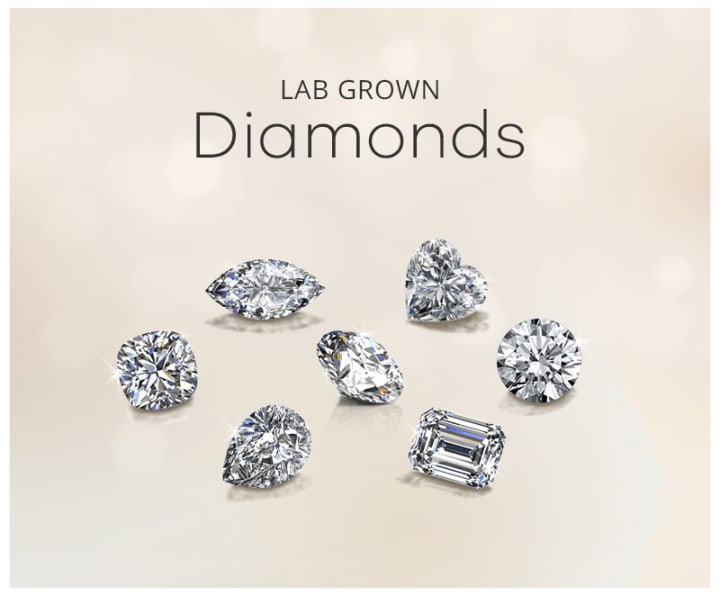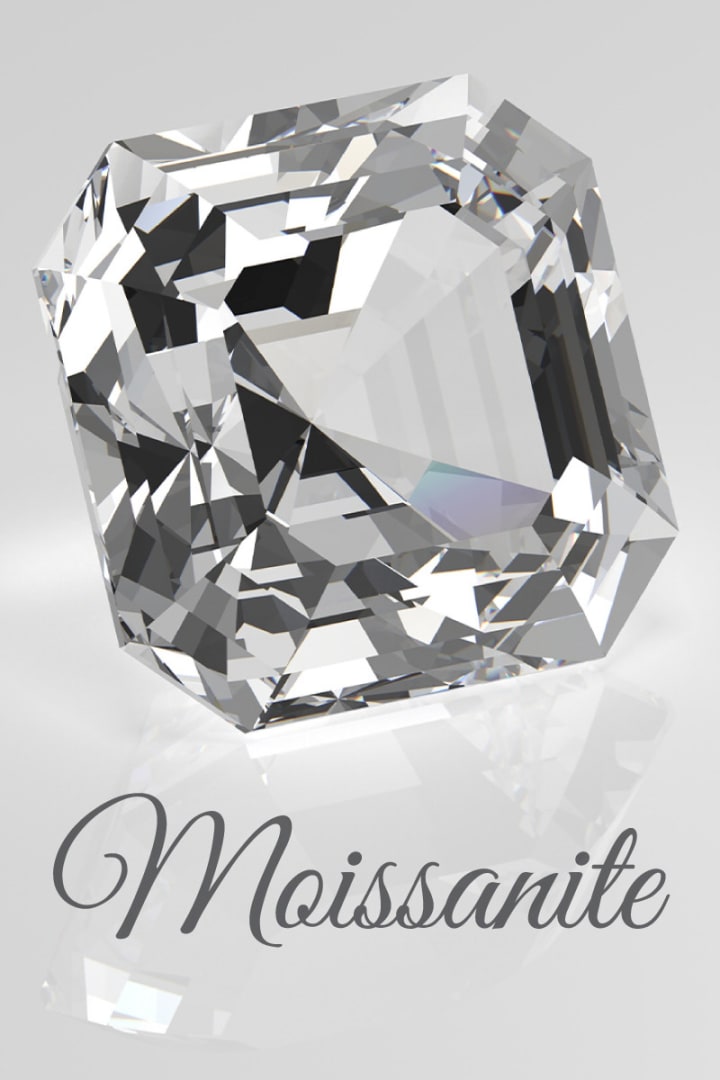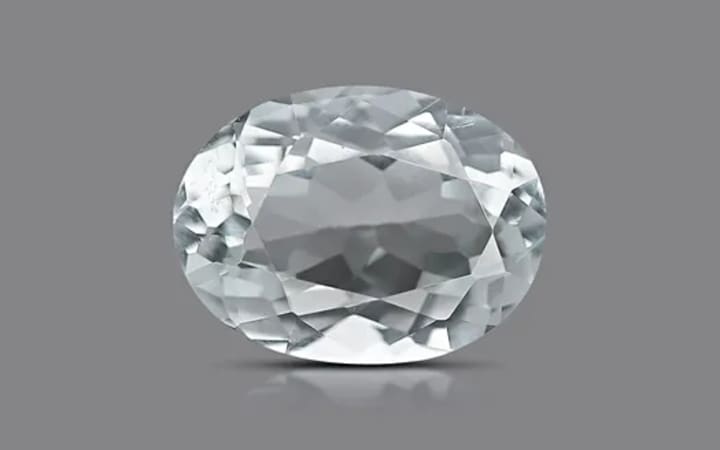7 Diamond Alternatives That Might Be Better Than Diamonds
Best Diamond Alternatives

Since the beginning of time, diamonds have been revered. Some evidence even points to the beginning of the diamond mining industry in ancient India between 600 and 800 BC.
Although diamonds are undoubtedly stunning and highly sought-after, their primary drawback for many of us is their hefty cost. Fortunately, there are plenty of diamond substitutes that resemble diamonds but may be superior.
The Top 7 Alternatives
Despite being stunning, diamonds cause a lot of people to have doubts. But if you're thinking about diamond substitutes, you might not know where to start. After all, there are a wide range of diamond substitutes available globally.
1. Lab Grown Diamonds

Diamonds created in a lab are still diamonds because they share the same crystal structure and chemical makeup as genuine diamonds. They are produced in laboratories under strict conditions that are similar to those that occur naturally when diamonds are formed from carbon.
Like natural diamonds, lab-created diamonds may be found in almost any cut and are incredibly resilient and adaptable. They are less expensive than diamonds and don't raise any ethical issues.
They are more expensive than the majority of other diamond substitutes, though.
2. Moissanite

The most popular diamond substitute nowadays is moissanite! Natural moissanite is a precious stone that costs 1/100th of the price of diamonds but sparkles brighter and has a more beautiful fire than diamonds!
It approaches the durability of a genuine diamond extremely closely, with a Mohs scale hardness of 9.25, which is higher than all other gemstones and just below that of diamonds (10)!
It will therefore last forever and is unlikely to get scratched or damaged.
3. Cubic Zirconia

Artificial stone known as cubic zirconia is frequently used as a less expensive diamond substitute.
Some people wrongly believe that cubic zirconia is the same as a lab-grown diamond since it is a diamond simulant. However, lab-grown diamonds are identical to natural diamonds in terms of composition and structure.
Although diamond is more durable than cubic zirconia, it is far more expensive. That implies that it may eventually scrape or chip. Nevertheless, it is widely available and well-liked enough that you can find it in almost any cut.
4. White Quartz

Quartz is an excellent option if you want a natural stone that is still affordable because it is the least expensive option.
However, white quartz can be easily distinguished from a diamond. Although it is a wonderful stone in and of itself, it is not the ideal alternative to diamonds. As a result, it is not a well-liked diamond substitute.
If you need a durable stone, quartz might not be the ideal option because it is not as robust as diamond. The range of cuts available is likewise constrained by its relative softness.
5. White Sapphire

Most people are unaware that sapphires in their purest form are truly white. They're a wonderful option if you're looking for a lovely natural stone to replace a diamond.
However, they don't precisely resemble diamonds as some other choices on the list do.
White sapphires have a more glowy appearance than the clear glitter of diamonds. White sapphires are beautiful stones in and of themselves, and some people prefer this style.
6. White Topaz

The majority of us associate topaz with its lovely golden hue, however, white topaz can also be found in nature. It frequently serves as an accent stone in jewelry.
White topaz that has been well-cut sparkles quite a bit, but it is not as bright as a diamond. Because of this, it doesn't precisely resemble diamonds like some of the other possibilities on the list.
Typically, a round cut is employed when white topaz is used in place of diamonds. The stone must, however, have enough depth to provide optimum shine.
White topaz is a gorgeous stone that won't break the budget, whether you want to use it as a diamond alternative or not.
7. Goshenite

A type of mineral beryl that is colorless is termed goshenite. As emerald is a green variation of beryl, beryl is rather prevalent in the jewelry industry. Aquamarine and morganite are also beryl variants.
Goshenite is frequently very clear. You can observe that it has a lesser refractive index and fire than a diamond, though. Goshenite is therefore unlikely to be mistaken for a diamond at first glance.
Your possibilities for cuts are limited because it is also less durable. But even so, it's a wonderful stone in its own right, and it looks particularly lovely when placed next to smaller, more vibrant stones.
About the Creator
The Learning Page
The Learning Page is a blog about various online marketing topics including SEO, Social Media, Digital Marketing, Email Marketing and more. The blog also covers some basics Of diamond jewelry and other topics about money.






Comments
There are no comments for this story
Be the first to respond and start the conversation.